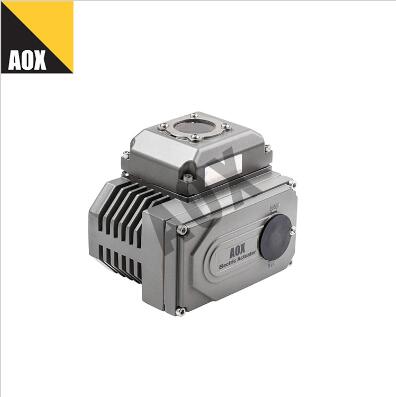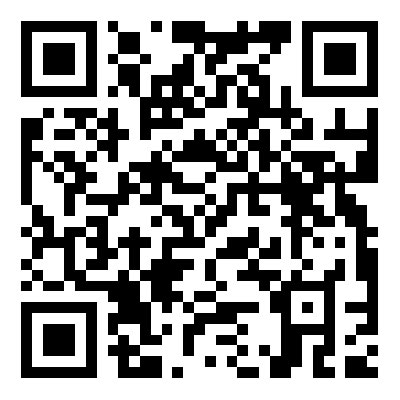Exploring Communication and Control Interfaces of the Unique Part Turn Electric Actuator
2024-03-08
Introduction:
In the realm of industrial automation, communication and control interfaces play a crucial role in ensuring seamless integration and operation of electric actuators. The Unique Part Turn Electric Actuator, with its specialized capabilities, offers various options for communication and control interfaces to meet the diverse needs of different applications. In this blog post, we'll delve into the available options for communication and control interfaces with the Unique Part Turn Electric Actuator, providing insights into its versatility and compatibility with different control systems and protocols.
1. Analog Signals:
Analog signals are commonly used communication interfaces with the Unique Part Turn Electric Actuator, offering simplicity and compatibility with existing control systems. The actuator may support analog voltage signals (e.g., 0-10 V) or analog current signals (e.g., 4-20 mA) for controlling its operation. Analog signals provide continuous control over the actuator's position, velocity, or torque, allowing for precise adjustment and modulation based on input commands or setpoints.
2. Digital Signals:
Digital signals provide a more robust and reliable communication interface with the Unique Part Turn Electric Actuator, offering enhanced data transmission and control capabilities. The actuator may support digital communication protocols such as RS-485, RS-232, or USB for interfacing with control systems, PLCs, or HMI devices. Digital signals enable faster data transfer, higher communication speeds, and greater noise immunity, ensuring accurate and responsive control over the actuator's operation.
3. Fieldbus Protocols:
Fieldbus protocols offer advanced communication and networking capabilities with the Unique Part Turn Electric Actuator, allowing for seamless integration into distributed control systems and industrial networks. The actuator may support popular fieldbus protocols such as Profibus, Modbus, CANopen, DeviceNet, or Ethernet/IP, enabling real-time communication, remote monitoring, and diagnostics. Fieldbus protocols facilitate interoperability, scalability, and flexibility in industrial automation applications, making them suitable for complex and interconnected systems.
4. Wireless Communication:
Wireless communication interfaces provide flexibility and convenience for controlling the Unique Part Turn Electric Actuator in remote or hard-to-reach locations. The actuator may support wireless protocols such as Bluetooth, Wi-Fi, Zigbee, or LoRaWAN for wireless connectivity with control systems, smartphones, or tablets. Wireless communication enables untethered operation, allowing operators to adjust settings, monitor performance, and diagnose issues from a distance, enhancing operational efficiency and convenience.
5. Customized Control Interfaces:
In addition to standard communication interfaces, the Unique Part Turn Electric Actuator may offer customized control interfaces tailored to specific user requirements and preferences. These customized interfaces may include local push-buttons, rotary switches, touchscreens, or remote control panels for intuitive and user-friendly operation. Customized control interfaces enhance usability, accessibility, and ease of operation, ensuring optimal performance and productivity in industrial automation applications.
Conclusion:
The Unique Part Turn Electric Actuator offers a wide range of options for communication and control interfaces, catering to the diverse needs of different applications and industries. Whether utilizing analog signals, digital signals, fieldbus protocols, wireless communication, or customized control interfaces, operators can effectively control and monitor the actuator's operation to achieve precise part-turn movements in various industrial automation settings. By leveraging these communication and control options, users can enhance efficiency, reliability, and flexibility in controlling the Unique Part Turn Electric Actuator, optimizing performance and productivity in industrial processes.



